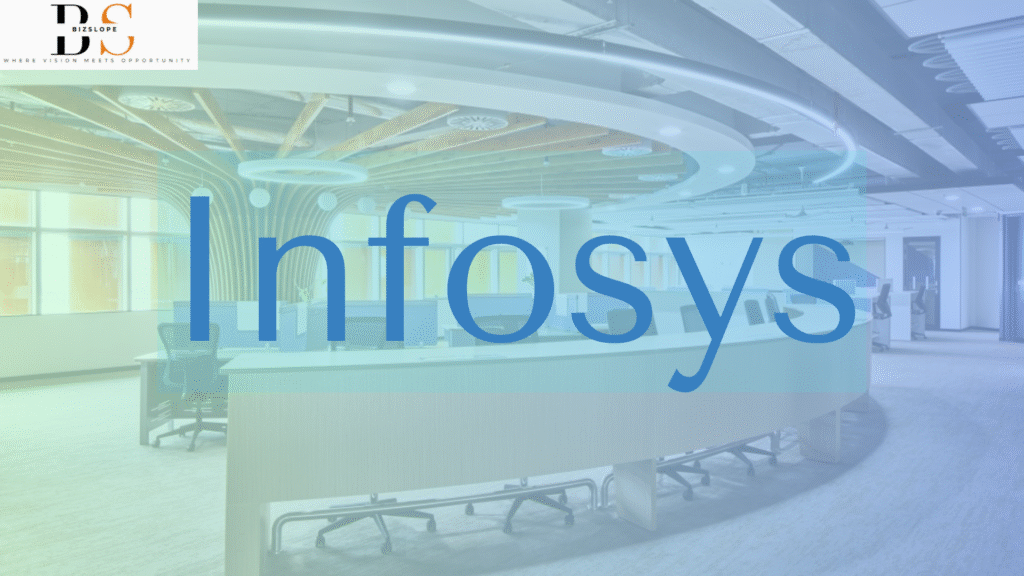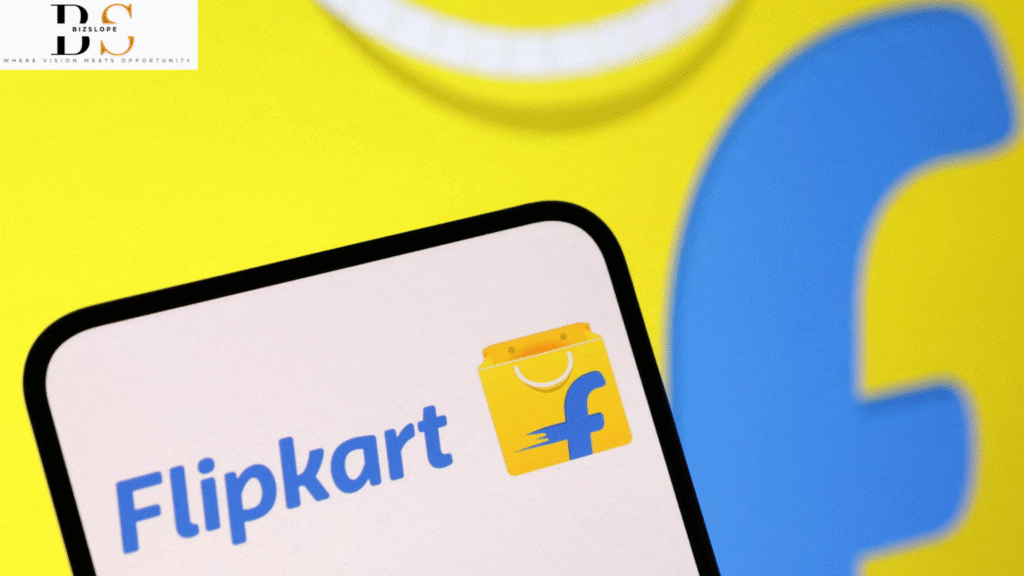In the annals of corporate leadership, few transformations rival the one engineered by Satya Nadella at Microsoft. When he ascended to the CEO position in February 2014, the tech behemoth was at a crossroads. A formidable giant, yes, but one often perceived as lumbering, internally competitive, and struggling to innovate with the agility of its Silicon Valley peers. Microsoft, once the undisputed king of software, was losing ground in key areas like mobile and cloud computing, and its once-vibrant culture was widely considered to be stagnant. Nadella, a long-time Microsoft insider, wasn’t the flashy, charismatic figure many might have expected for such a pivotal role, but his quiet, empathetic, and profoundly strategic leadership would prove to be exactly what the company needed to rediscover its purpose and reclaim its place at the forefront of technology.
A Culture in Crisis: The Challenge Ahead
Before Nadella’s tenure, Microsoft was often characterized by a “stack ranking” performance review system that fostered internal competition rather than collaboration. Different divisions operated in silos, sometimes even at odds with each other, hindering cross-company innovation. The company’s obsession with its Windows operating system had, in some ways, blinded it to the rapid shifts occurring in mobile and cloud computing. The “not invented here” syndrome was prevalent, and a fear of failure often stifled creativity.
Nadella inherited a company with immense talent and resources, but one that desperately needed a cultural reset. His challenge was not merely to change Microsoft’s product strategy but to fundamentally alter its ethos – to transform a culture of knowing it all into a culture of learning it all.
The Growth Mindset: A Cultural Revolution
Nadella’s most profound and enduring contribution has been his relentless focus on cultural transformation, centered around what he calls a “growth mindset.” Inspired by Stanford psychologist Carol Dweck’s work, this philosophy emphasizes continuous learning, embracing challenges, and viewing failures as opportunities for growth. He articulated a clear vision: Microsoft would move from a fixed mindset, where individuals and teams were judged on past achievements, to a growth mindset, where curiosity, collaboration, and a willingness to try new things were paramount.
He led by example, demonstrating humility, empathy, and a deep sense of purpose. He encouraged open dialogue, actively listened to employees, and broke down internal barriers. This shift fostered psychological safety, allowing employees to take risks without fear of punitive consequences. He instilled a sense of collective purpose, emphasizing Microsoft’s mission to “empower every person and every organization on the planet to achieve more,” moving beyond a narrow focus on selling software. This cultural renaissance was the bedrock upon which all subsequent strategic successes would be built.
The Strategic Pivot: Cloud-First, Mobile-First
Beyond culture, Nadella engineered a daring strategic pivot. He famously shifted Microsoft’s core focus from a “Windows-first” mentality to a “mobile-first, cloud-first” strategy. This was a bold and risky move for a company so historically tied to its operating system. Recognizing the future lay in distributed computing and ubiquitous access, he placed a massive bet on Azure, Microsoft’s cloud computing platform.
Under his guidance, Azure transformed from a nascent contender into a dominant force, becoming a direct competitor to Amazon Web Services (AWS). He embraced open source technologies, a complete turnaround for Microsoft, and fostered partnerships with former rivals like Apple and Salesforce. He also strategically acquired LinkedIn for $26 billion, integrating the professional social network into Microsoft’s enterprise offerings, and later acquired GitHub, the world’s largest platform for software developers, for $7.5 billion. These acquisitions, once seen as unlikely for the old Microsoft, were testament to Nadella’s outward-looking, collaborative approach.
Empathy as a Business Imperative
A hallmark of Nadella’s leadership is his emphasis on empathy. He often speaks about the importance of understanding the needs and experiences of customers, partners, and employees. He believes that true innovation stems from empathy – from seeing the world through the eyes of others to build products and services that genuinely empower them. This human-centric approach helped Microsoft shed its image as a monolithic corporation and reconnect with its users and the broader tech community.
This empathetic leadership extended to fostering a more inclusive workplace, recognizing that diverse perspectives are crucial for innovation. He championed initiatives for diversity and inclusion, understanding that a growth mindset applies not just to individual learning but to organizational evolution and societal impact.
The Resurgence: A Legacy of Transformation
Under Satya Nadella’s leadership, Microsoft’s fortunes have soared. The company’s market capitalization has grown exponentially, cementing its position as one of the world’s most valuable companies. More importantly, it has regained its innovative edge, becoming a leader in cloud computing, artificial intelligence, mixed reality, and gaming.
Nadella’s story is a compelling narrative of how a leader, through quiet determination, a profound commitment to culture, and strategic foresight, can orchestrate one of the most remarkable turnarounds in corporate history. He proved that even a giant can learn to dance, and that true leadership is often about inspiring belief, fostering growth, and empowering everyone to achieve more, fundamentally reinventing a company’s soul in the process.



